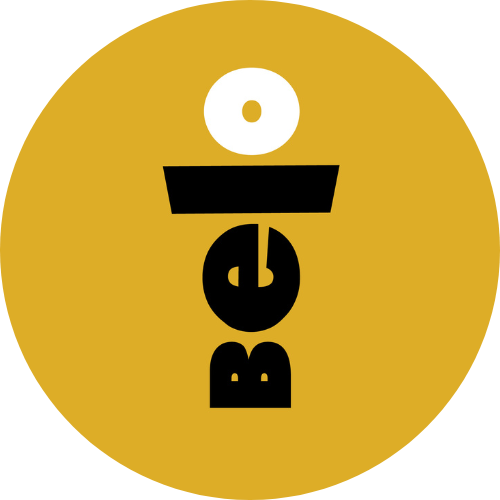Masters in Architecture At TU Delft
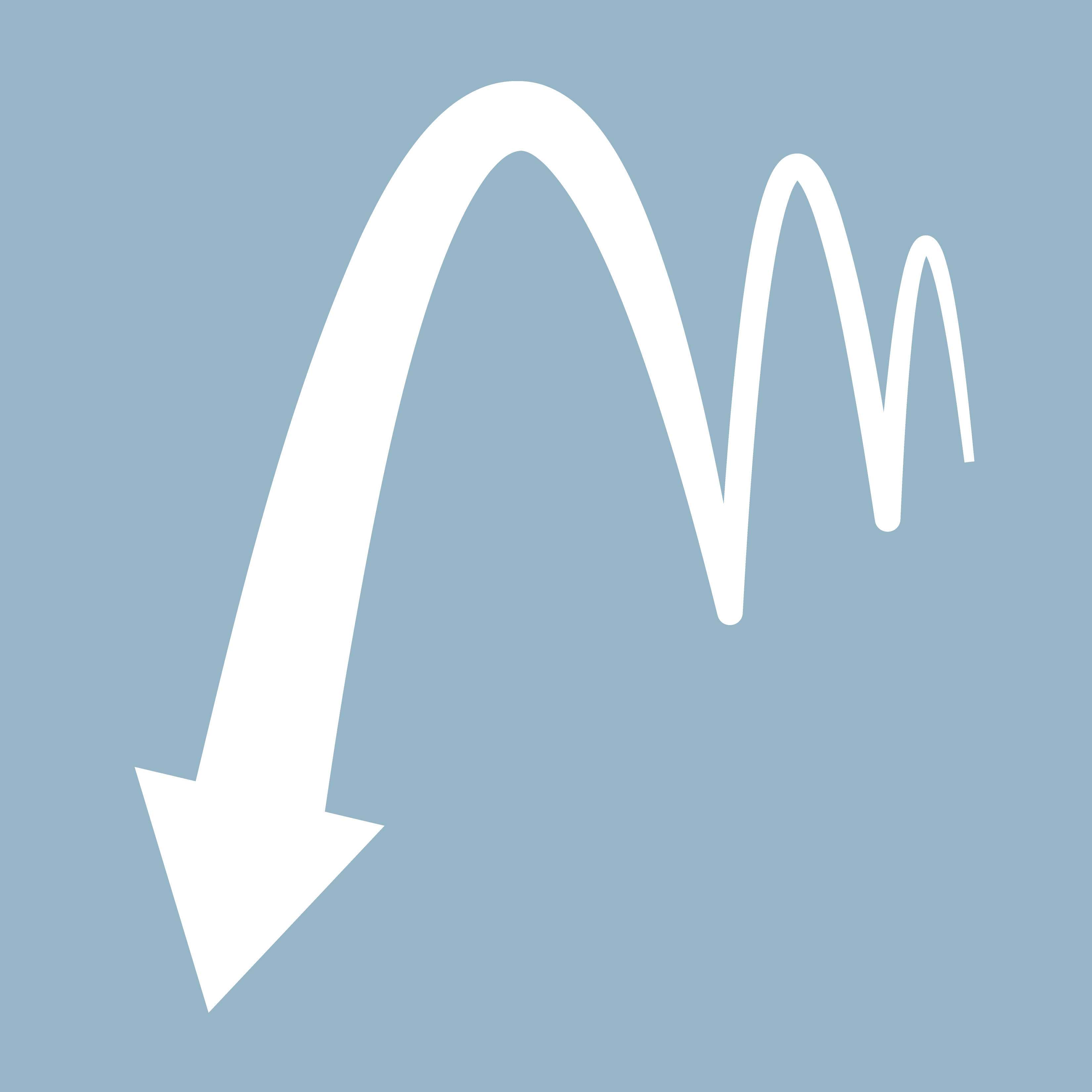
HARBOUR HOPPING: A BRIDGE DESIGN EXERCISE
A prominent feature of Dutch landscapes. An environment of perpetual dialog between the sea and the society which has most successfully challenged its imposing powers.

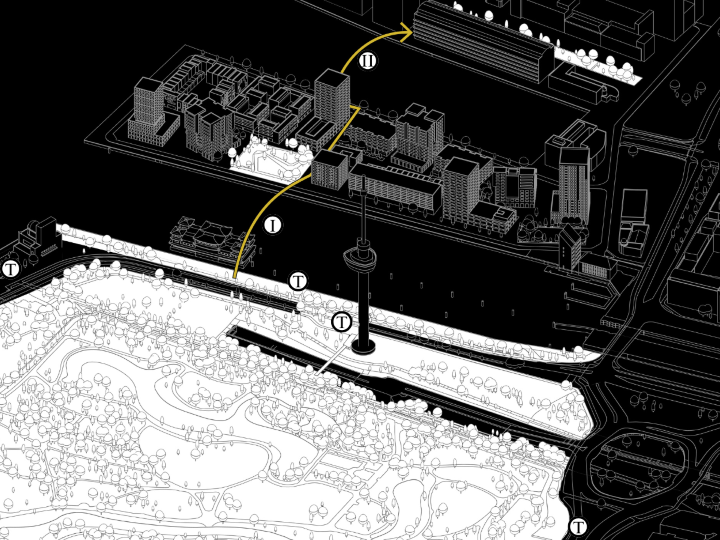

This project was a group exercise aimed to explore the challenges and strengths of collaborating with an interdisciplinary team of architects and engineers. Our group was tasked with designing a new pedestrian bridge in Rotterdam, one which would address local issues related to public disconnectivity and prospective developments in the area.
Our team, composed of two Architecture students and one Civil Engineering student, ran a series of studies of the area and developed a strategy to connect three zones along the Rotterdam harbor which are
currently separated by the harbour’s fingers. This approach was aimed to create a stronger relattionship with a series of public parks available in the area, creating a better stream of muvement in and out the mixed used harbour neighborhoods that are being developed in the area. This project’s techinical scope was developed to be responsive to the strict engineering demends associated with bridge construction and designed parametrically to expedite necessary changes derived from our engineer’s feedback.
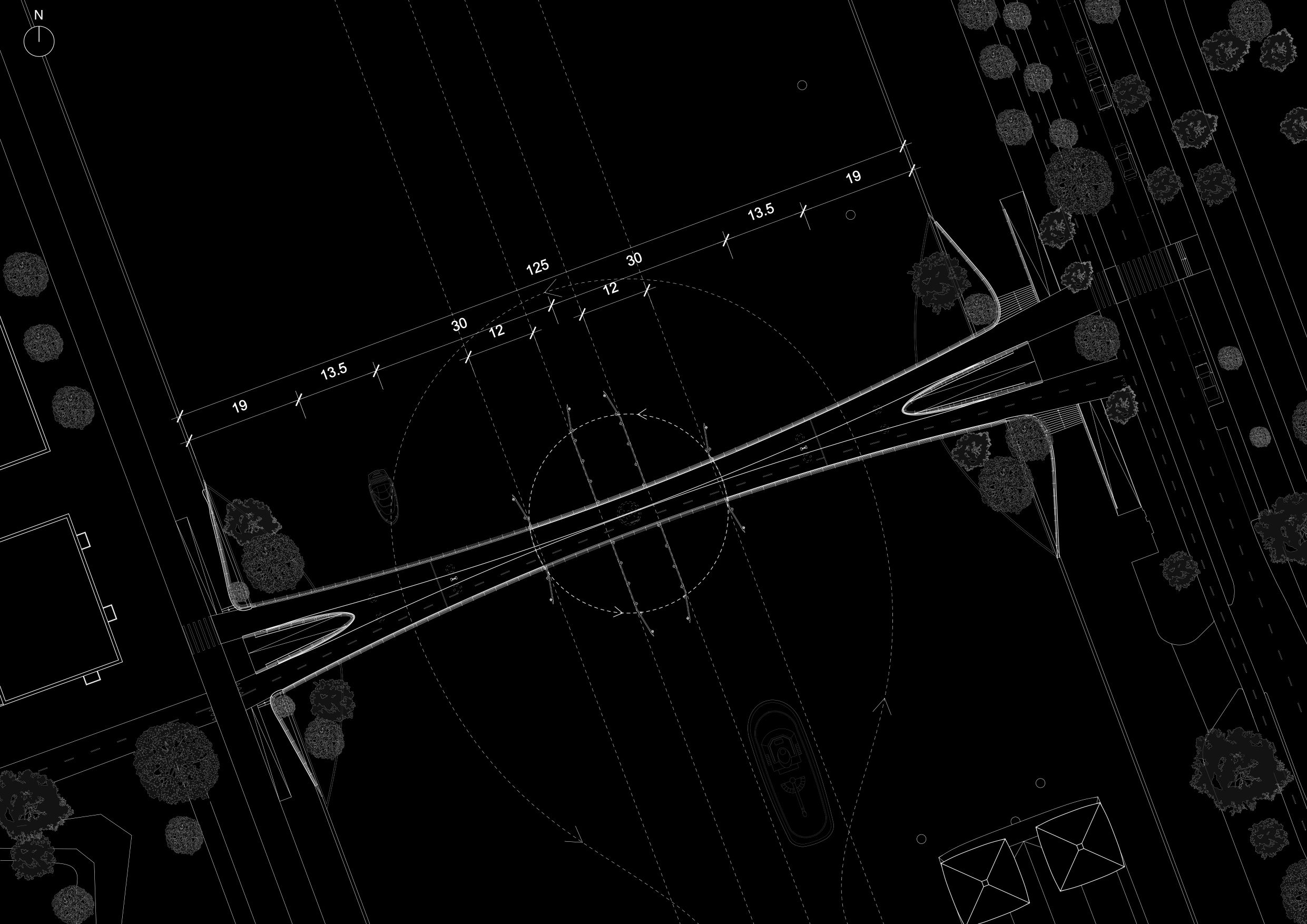
The bridge was located in a high traffic canal, winch is frequently crossed by boats of large and medium size. This meant that the bridge would need to be operable and allow for the passage of such vessels. To maintain the two traffic system already in place in this area, the bridge was designed with a rotational mechanism that, once opened, would allow for two boats traveling in different directions to cross at one time.
This harbour access finger is also host to a water taxi station, which we chose to integrate into the design by providing access ramps at each landing of the bridge. This design choice is reflected into the design of the arches of the bridge, with two smaller arches being designed to allow the water taxi traffic to operate without sharing the traffic routs of larger vessels.
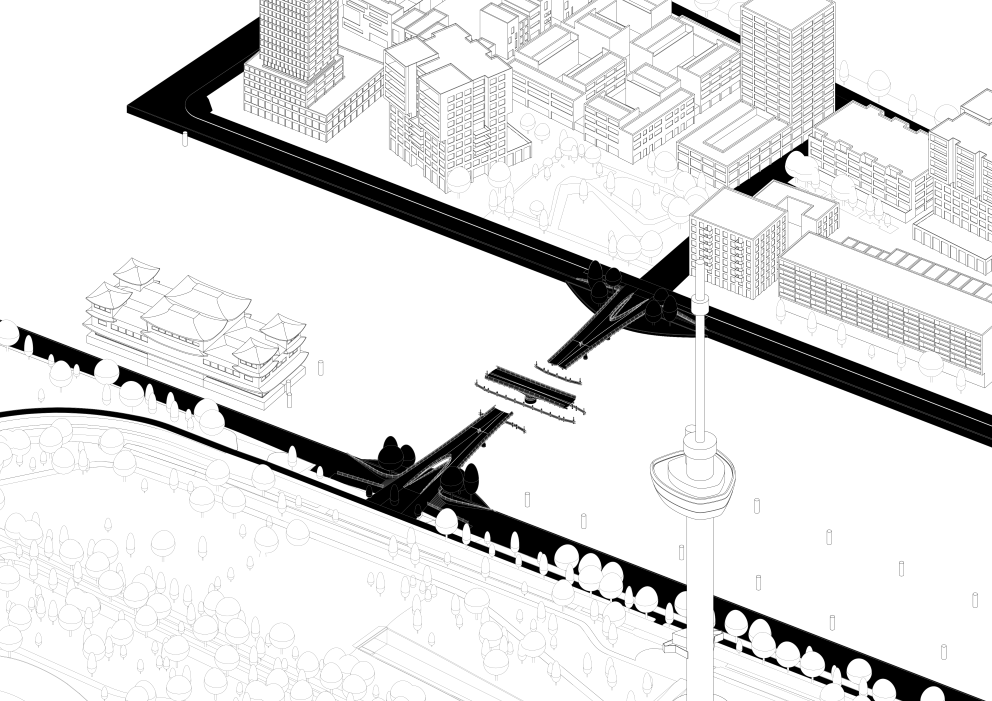
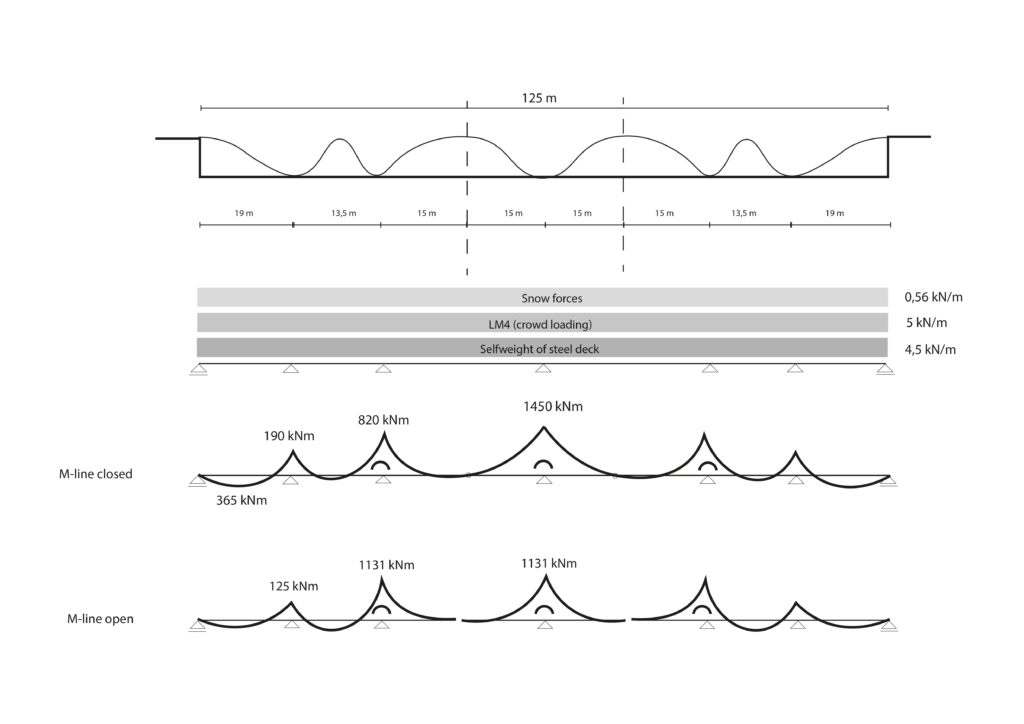
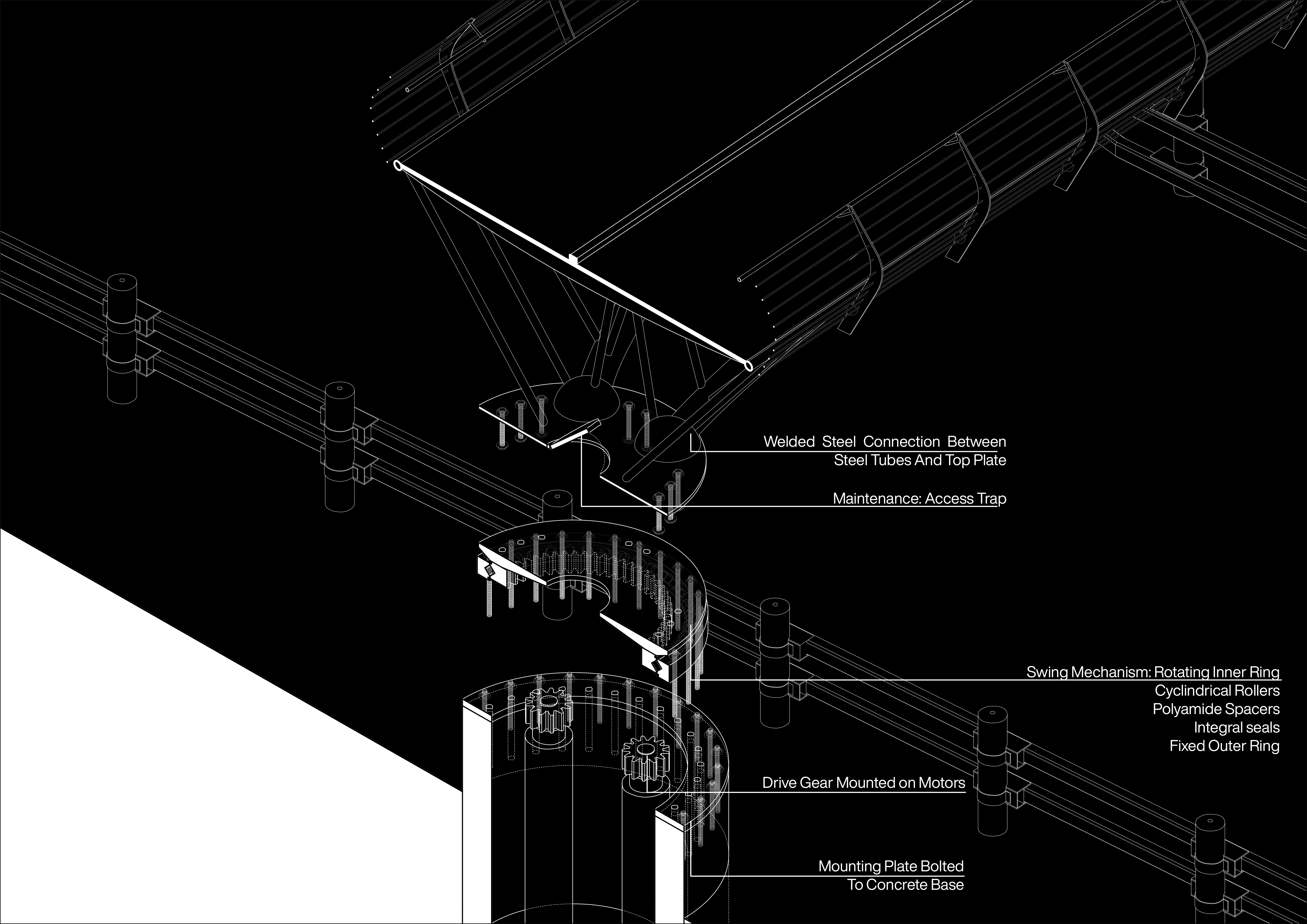
Much negotiation took place within our team to ensure the rotating mechanism satisfied both the engineering requirements of performance and redundancy while maintaining the design ambitions of the desired architectural product. A lot of those discussions took place around the rotating mechanism of the operational part of the bridge, which had to be checked at various points of the design process to ascertain its proper functioning.

The final project was materialized through the grasshopper script which was developed throughout the entire design project. Every component of the bridge, structural and otherwise was parametrized in order to facilitate quick iterations of its form and refined manipulations of component sizes.
This project turned out to be a challenging technical journey, filled with moments of negotiation with engineers, stakeholders and designers, making for an interesting development process that resulted in a rather complete proposal. One which kept the interests of the local population in mind at all times and strived to provide a design that did not yield to the challenges of the constraints imposed upon it.
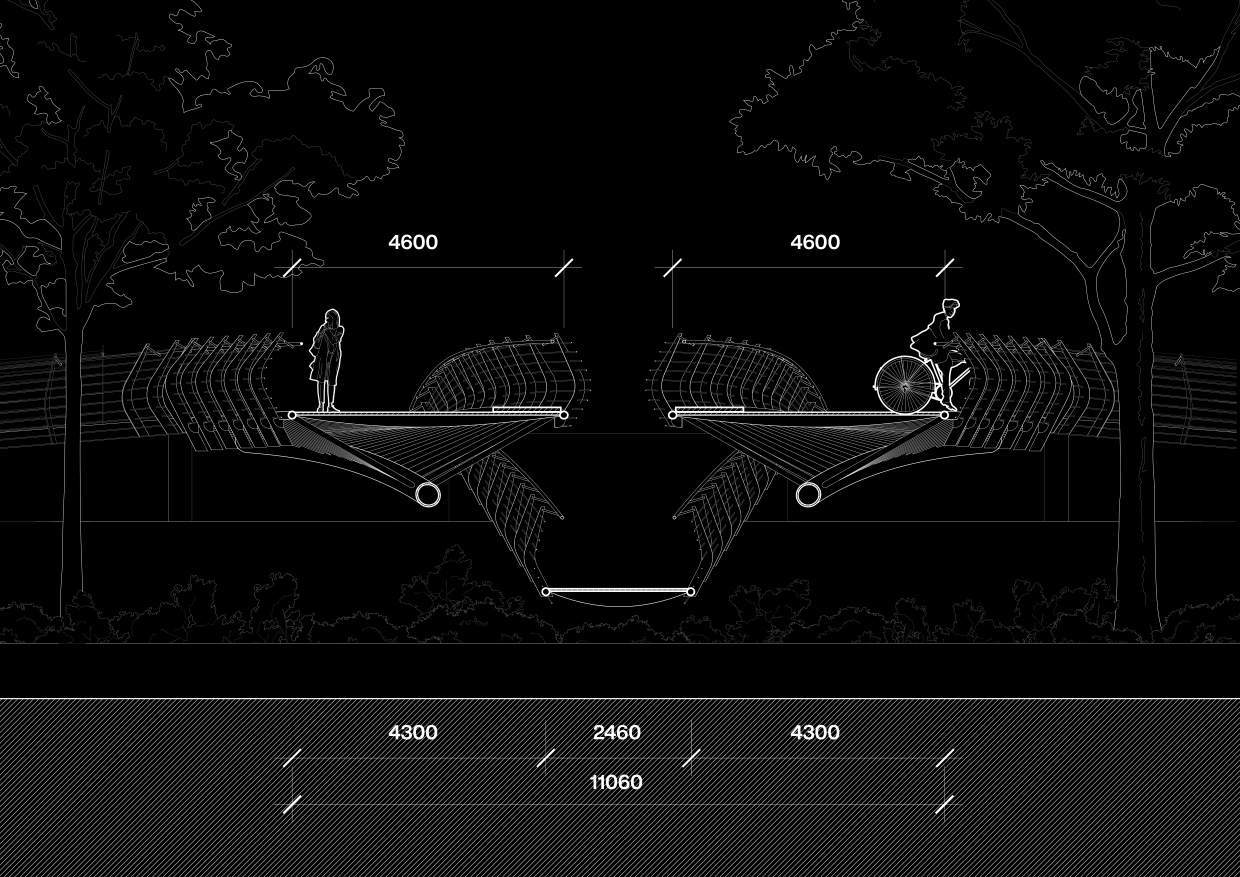
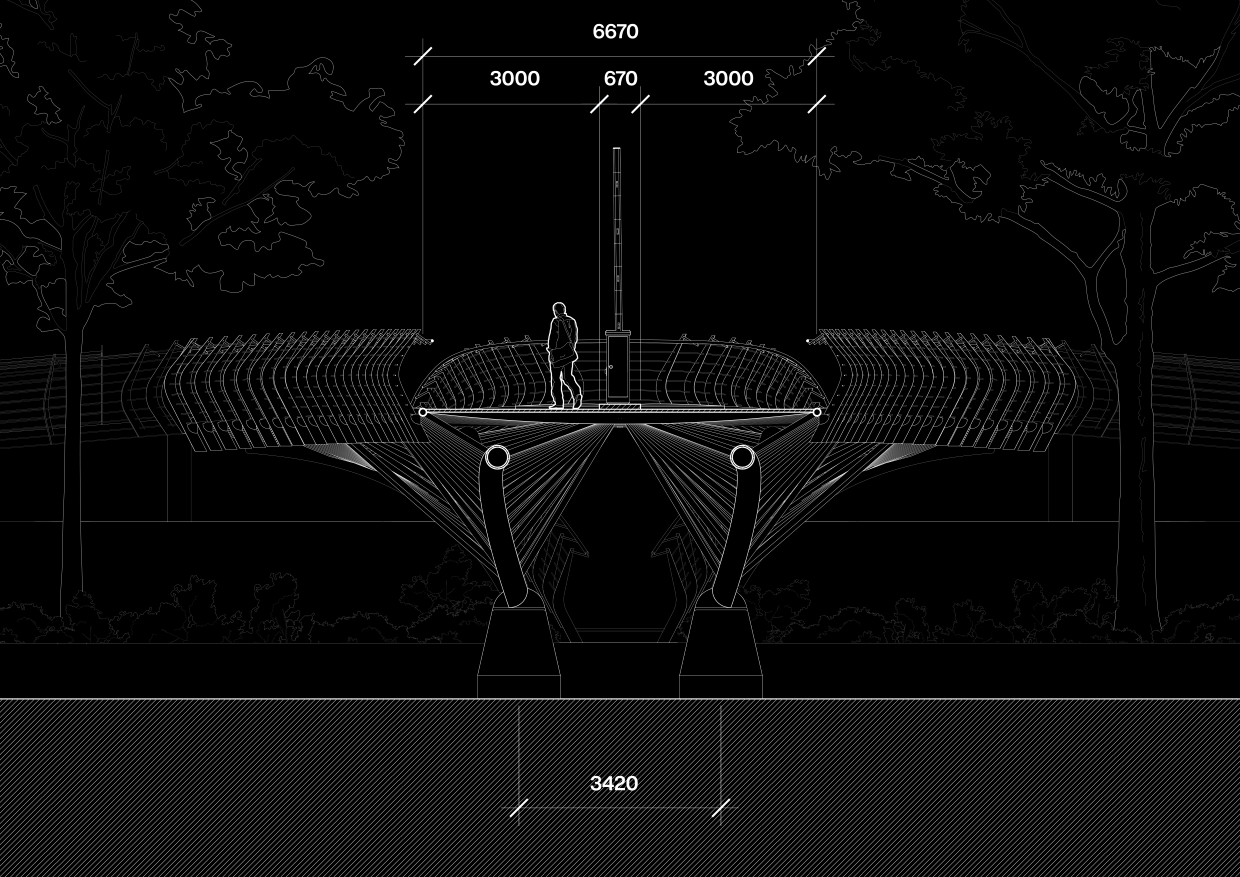
project information
Project Name: HARBOUR HOPPING
Project Location: Rotterdam, Netherlands
Professor: Joris Smits
Partners: Dharvish Aubeeluck & Guus Meinema
Date of Completion: April 2024
Project Type: Academic
